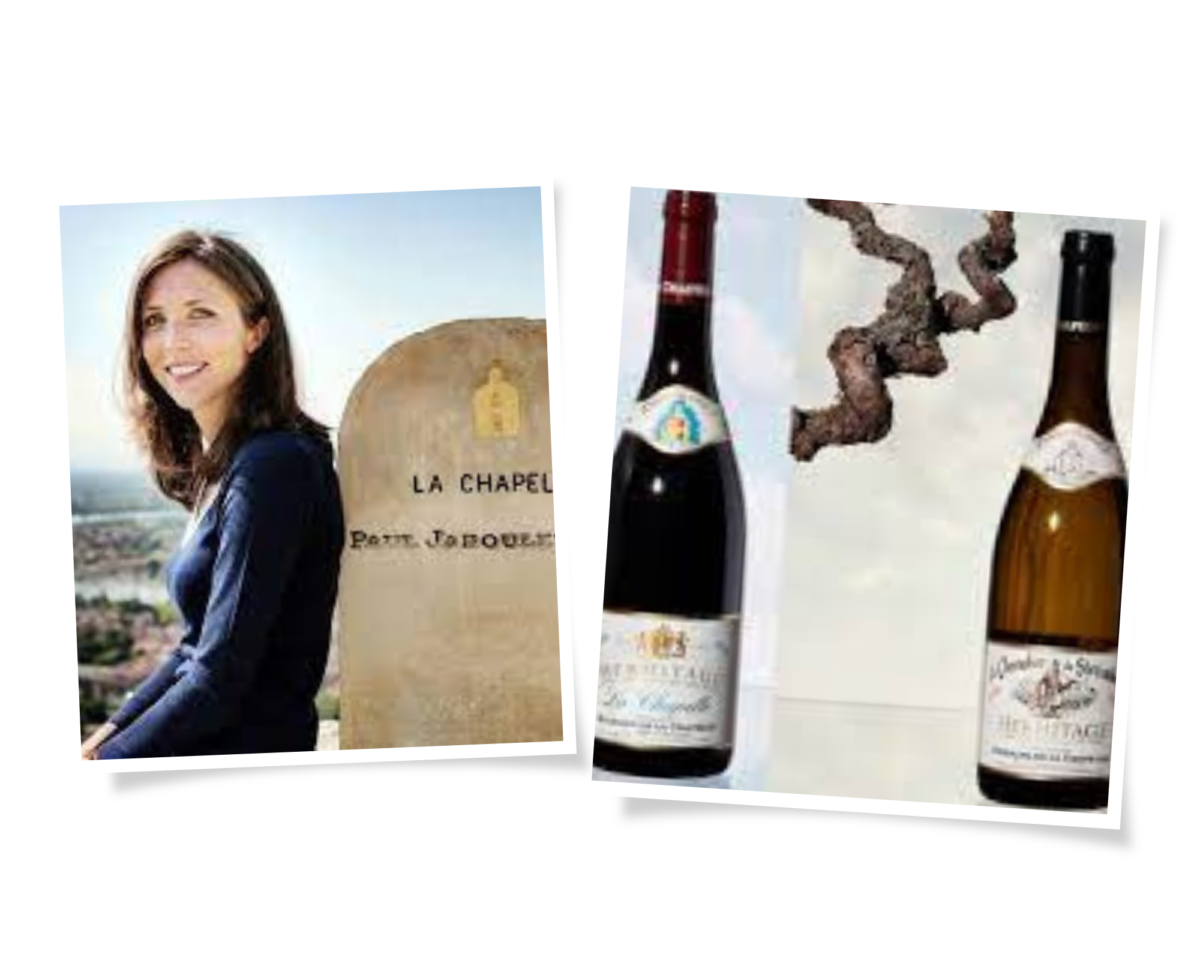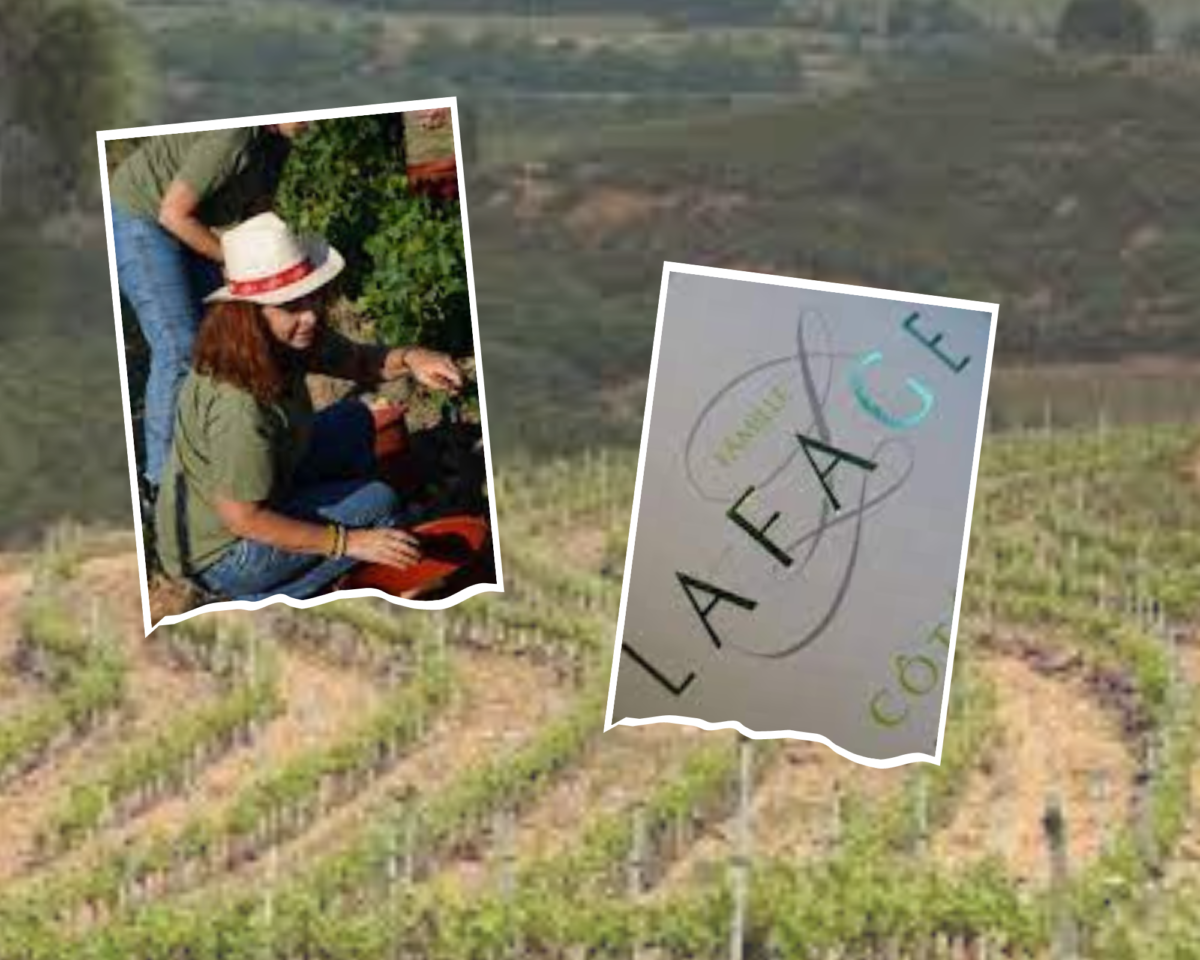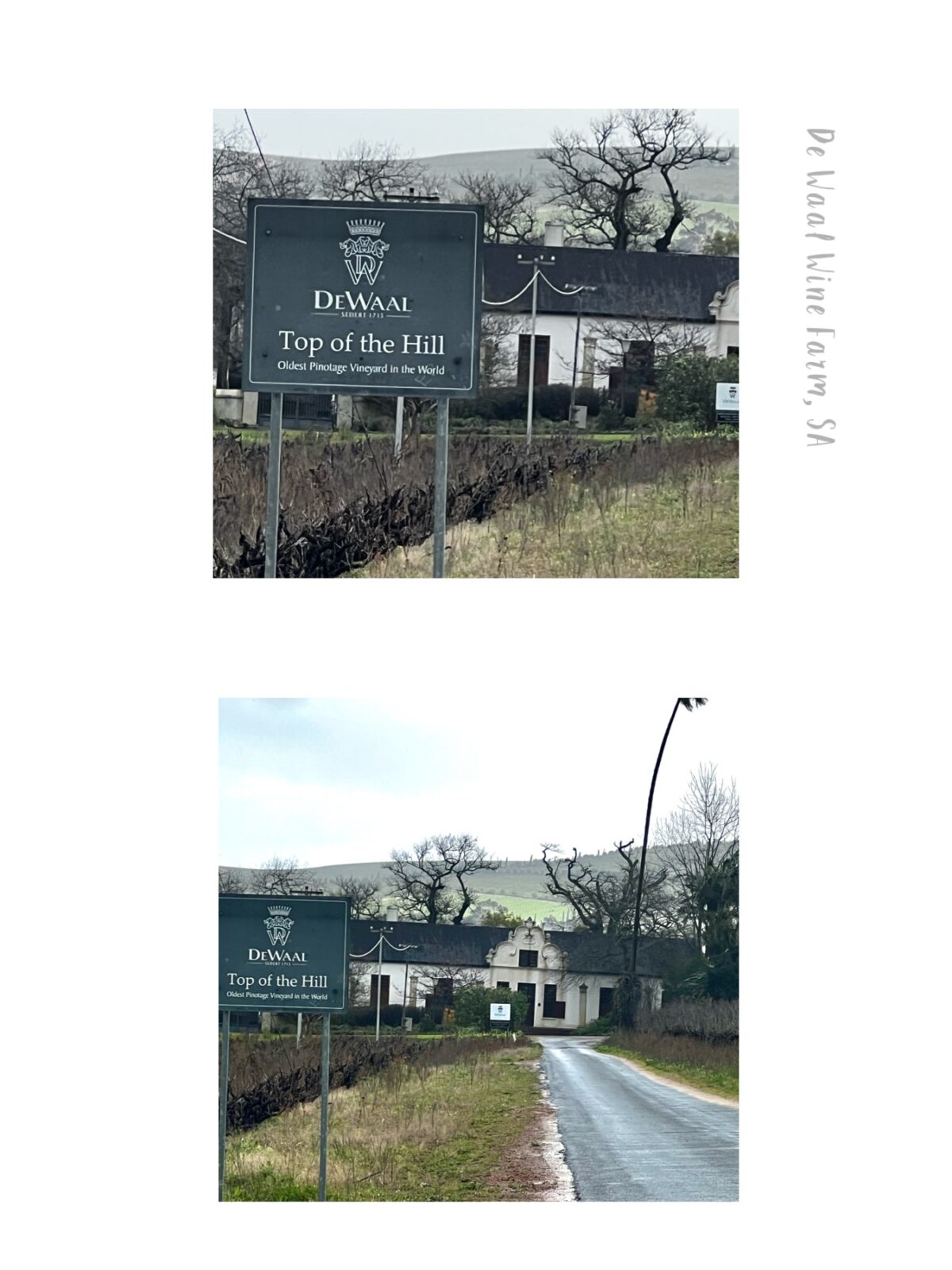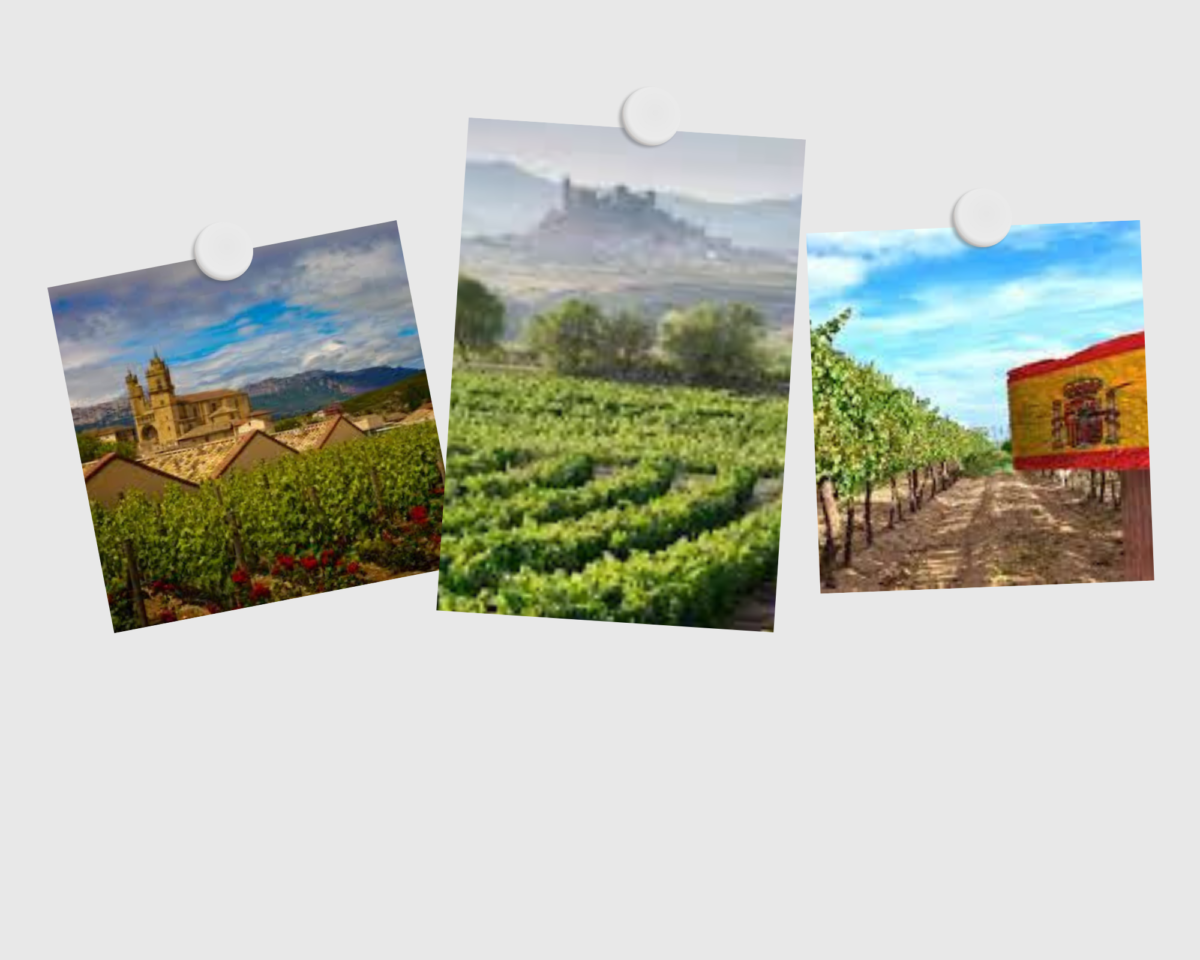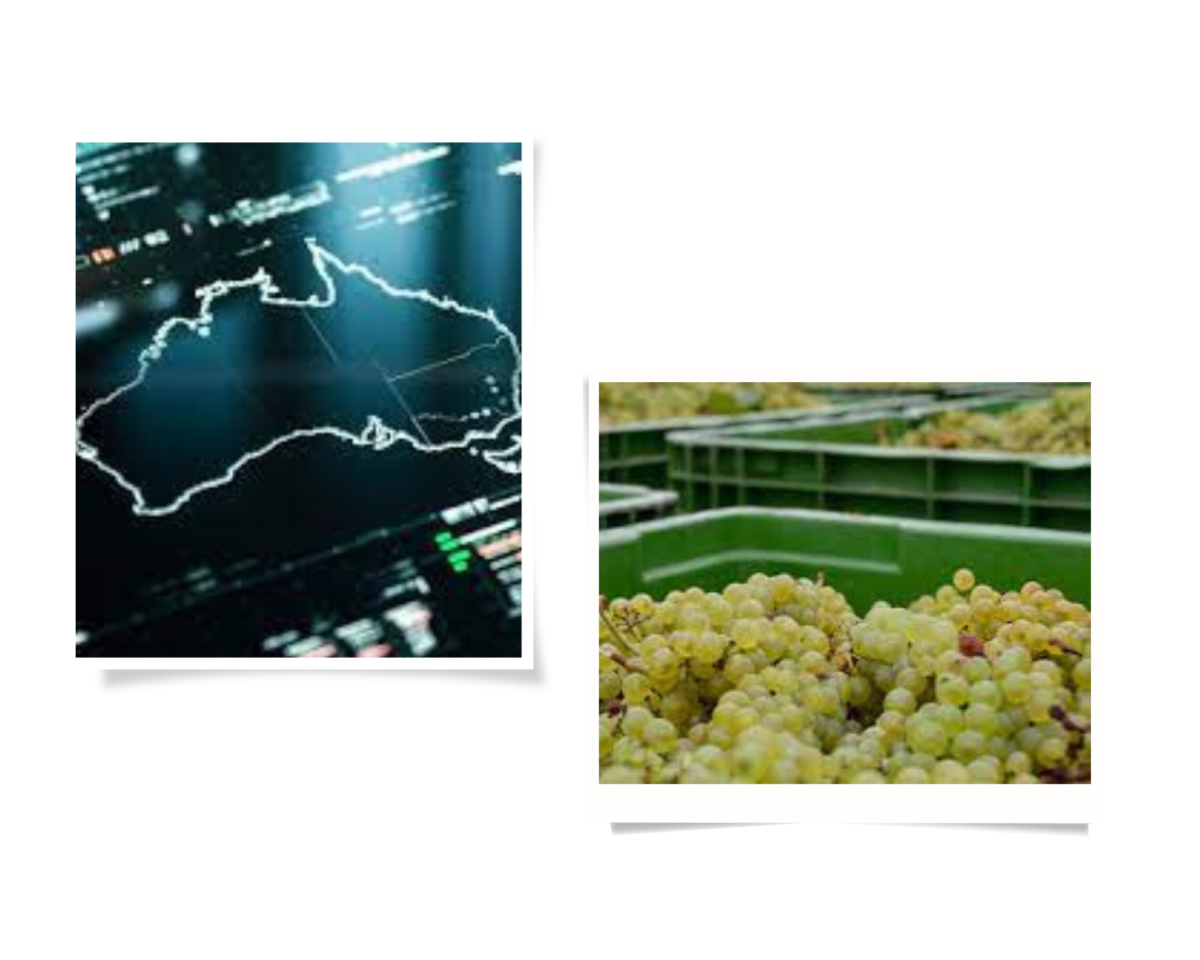Domaine La Chapelle has announced this week, the inclusion of two of its most renowned wines, La Chapelle and Le Chevalier de Sterimberg, into Bordeaux La Place.
“This marks a significant milestone for La Chapelle as we proudly associate ourselves with the esteemed wines of La Place de Bordeaux,” stated Caroline Frey, President and winemaker of Domaine La Chapelle. Reflecting on the heritage of the vineyard, Frey further shared, “The hill of La Chapelle, once tended by the Chevalier de Sterimberg in the 13th century, has an emotional resonance that every visitor can feel.”
The highly anticipated release is being rolled out starting today, August 31st, featuring the debut of the 2021 vintage of La Chapelle and Chevalier de Sterimberg. Wine experts and collectors can also delight in the availability of the 2006, 2011, and 2013 vintages of La Chapelle.
“Over nearly two decades, our team has passionately worked to sustain the unique heritage of this terroir, and we believe this partnership with La Place de Bordeaux will further complement our journey,” explained Frey.
Domaine La Chapelle, held by the Frey family alongside esteemed estates such as Château La Lagune and Château Corton C, stands as a testament to winemaking’s artistry and heritage. Spanning 26 hectares across the exquisite terroirs of Hermitage, La Chapelle continues to shine among the world’s most exceptional wines.

